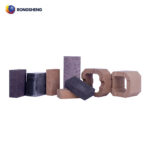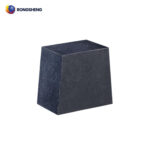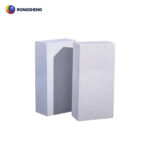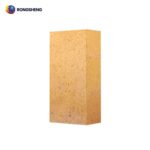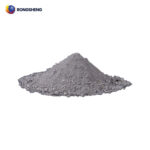Influence of Si3N4 on the Properties of Fired Aluminum-Carbon Refractory
This article, in order to discusses the effect of dephosphorization agent with high iron oxide content on aluminum carbon bricks, and the suitable hot metal pretreatment converter lining material, based on the analysis of dephosphorization agent erosion test on aluminum carbon bricks, through the addition of silicon nitride, The effects on the oxidation resistance and erosion resistance of aluminum carbon bricks were discussed.
By the addition of Si3N4 and very fine Al powder, silicon carbide, aluminum nitride and sialon compounds are formed by Si3N4 and Al powder or graphite powder in the course of carbon burial sintering of aluminum-carbon bricks. With well-suited amount of Si3N4 added, the oxidation loss rate of aluminum-carbon bricks can be decreased, and their anti-oxidation ability and corrosion resistance improved.
Aluminum-carbon refractory materials have good thermal shock resistance and erosion resistance. They have been used in skateboards, stoppers and other products earlier. In recent years, aluminum-carbon refractories with or without burning have begun to be used in blast furnaces and mixed iron furnaces and torpedoes. The inner lining of the tank has many researches on its structural composition and performance.
With the improvement of the quality requirements of steel products, hot metal pretreatment and molten steel refining technology have developed rapidly, and some aluminum carbon bricks have been seriously eroded. Some research in Japan began to modify aluminum silicon carbide carbon bricks with additives such as silicon nitride. The oxidation resistance and erosion resistance of the brick.

